Material
Hetian jade, also known as nephrite jade, is a precious stone primarily mined in the Hetian region of Xinjiang, China. It is highly valued for its fine texture, smooth surface, and natural colors, which range from creamy white to deep green. Unlike other gemstones, Hetian jade contains minerals like tremolite and actinolite, giving it exceptional toughness and durability. Its hardness is around 6.0–6.5 on the Mohs scale, making it ideal for carving and polishing into beads.
Properties
Hetian jade beads are admired for their soft, waxy luster and semi-translucent appearance. The stone feels cool to the touch but warms gradually when worn, a unique trait cherished in traditional Chinese culture. Due to its dense structure, it resists scratches and maintains its beauty over time. High-quality beads exhibit even color distribution and minimal impurities, enhancing their aesthetic appeal.
Symbolism and Meaning
In Chinese culture, hetian jade symbolizes purity, wisdom, and harmony. Hetian jade beads are believed to bring protection, good health, and emotional balance. The green variety, in particular, represents growth and prosperity, while white jade signifies purity and moral integrity. Historically, jade beads were worn by emperors and scholars as a symbol of virtue and nobility. Today, they remain popular in jewelry and spiritual practices, often used in bracelets and necklaces to attract positive energy.
Uses and Value
Hetian jade beads are crafted into elegant jewelry, prayer malas, and decorative items. Collectors prize them for their rarity and cultural significance, with top-quality pieces being highly sought after. Whether worn for style or spiritual benefits, these beads embody the timeless elegance of Chinese jade tradition.

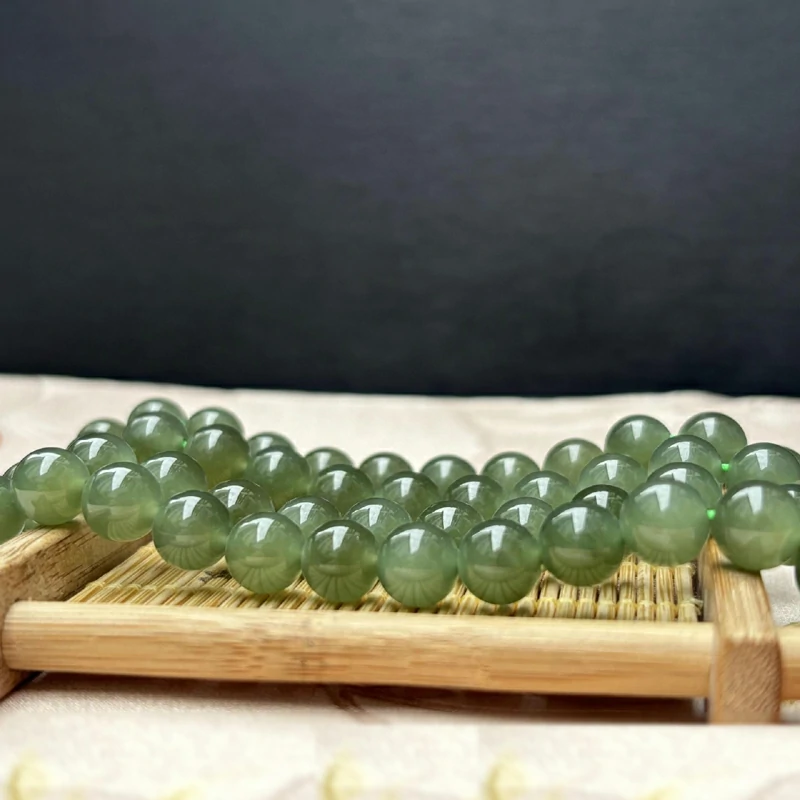
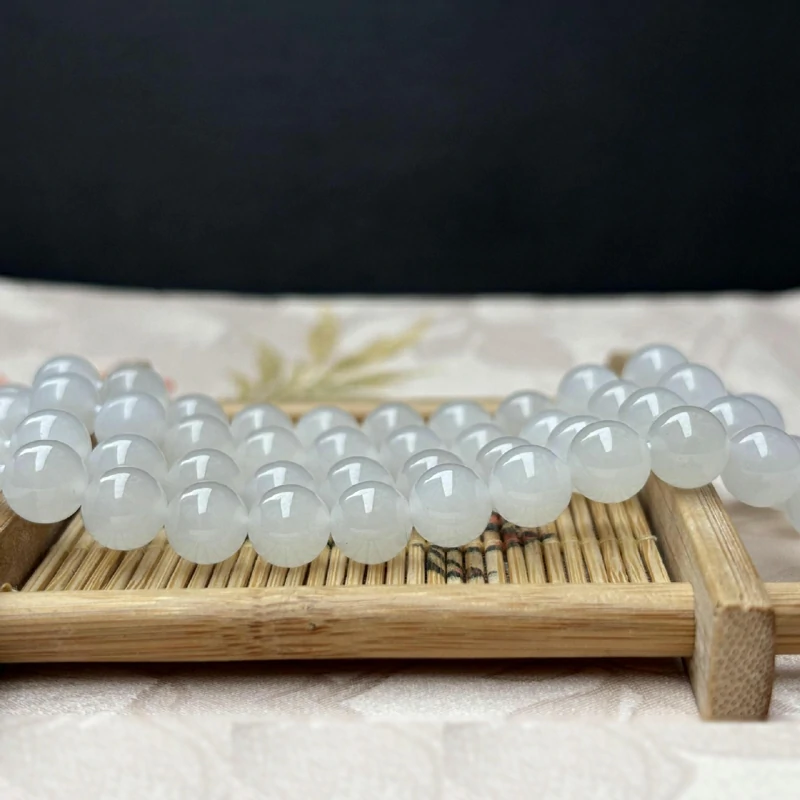
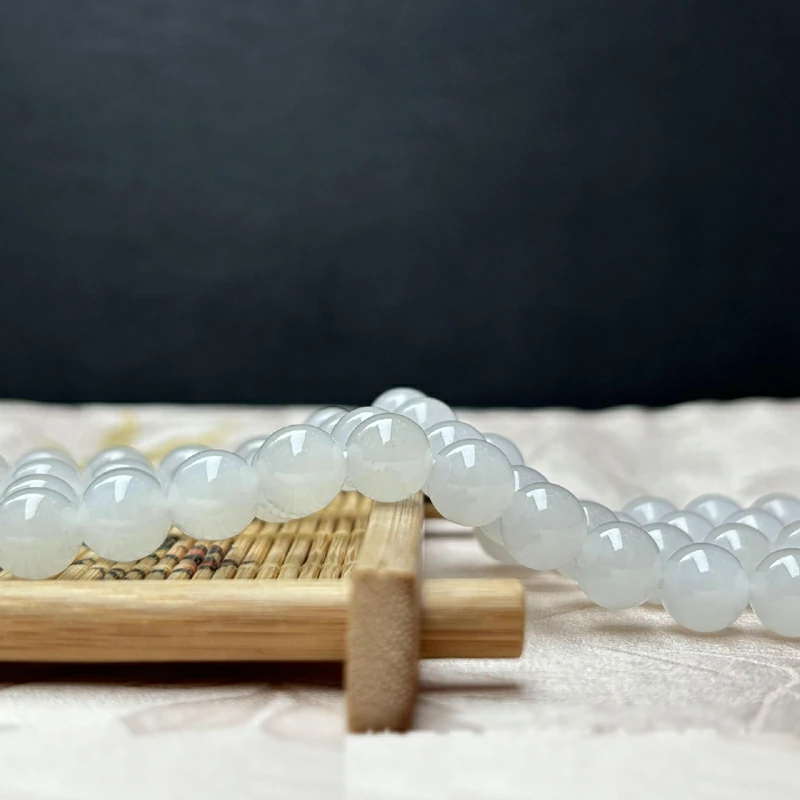
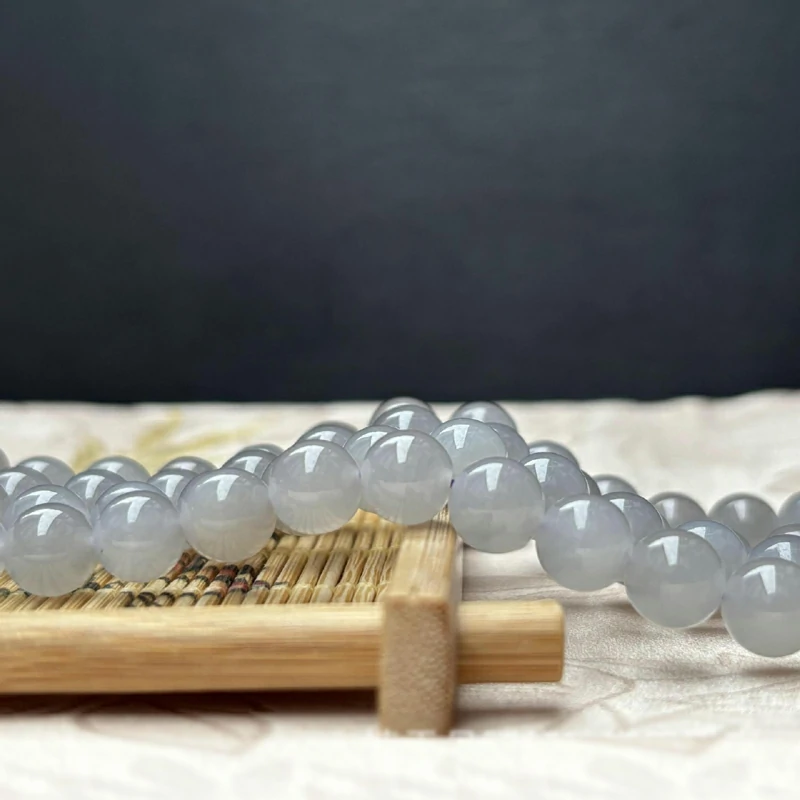
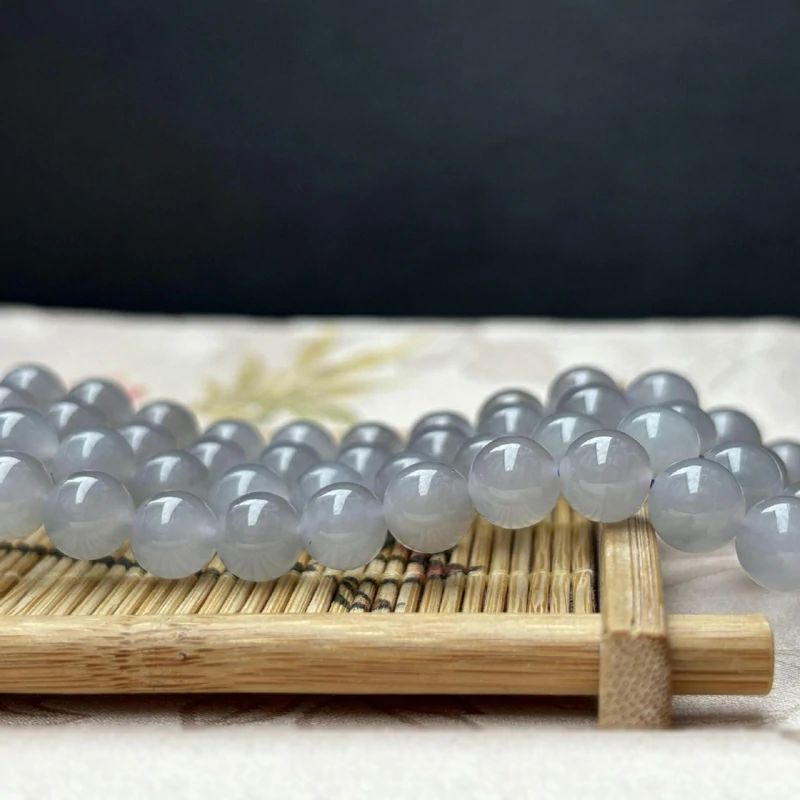
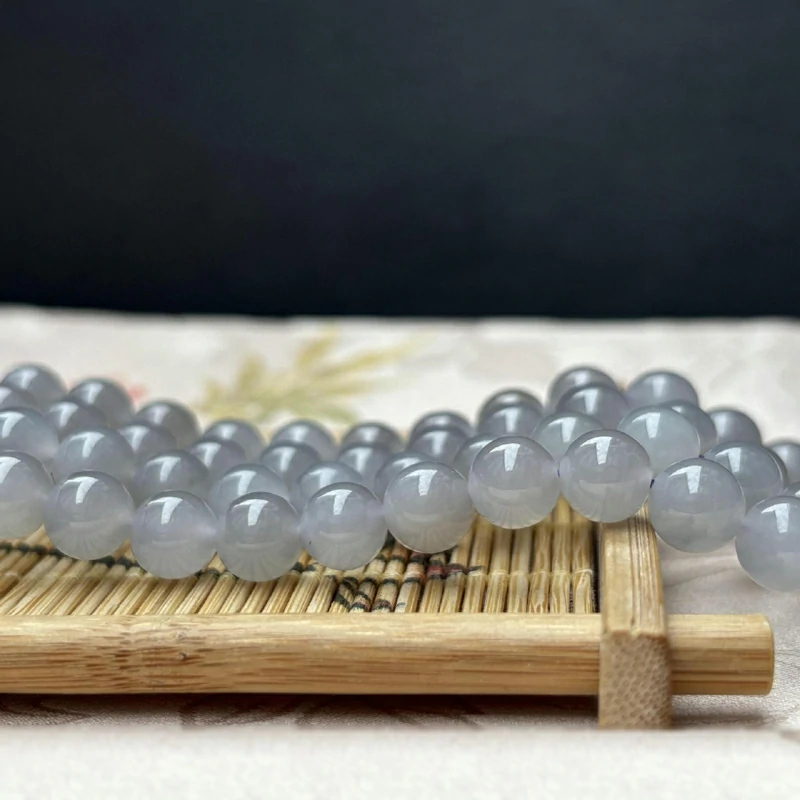
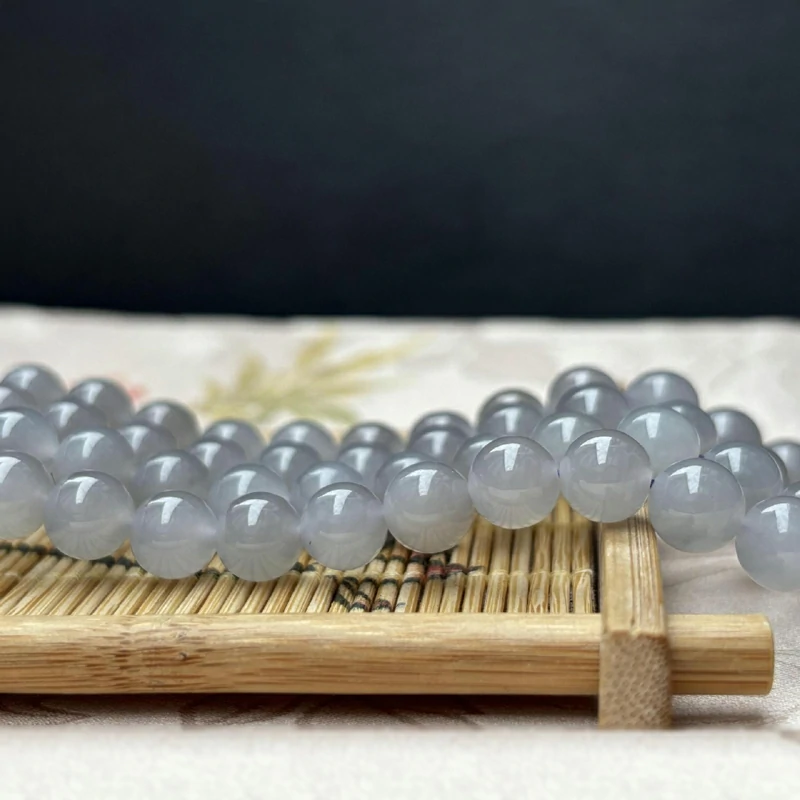
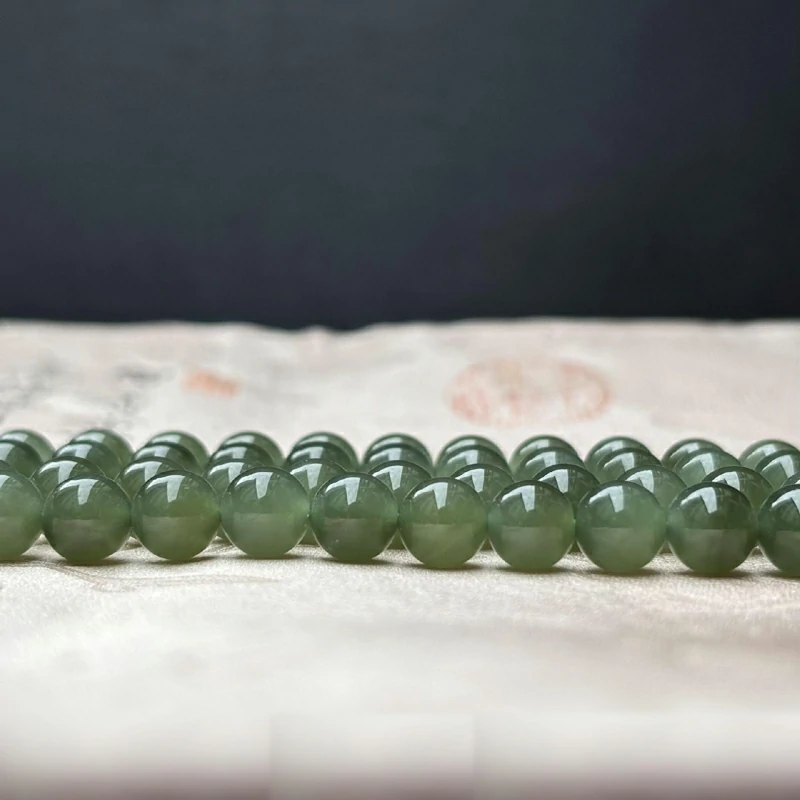

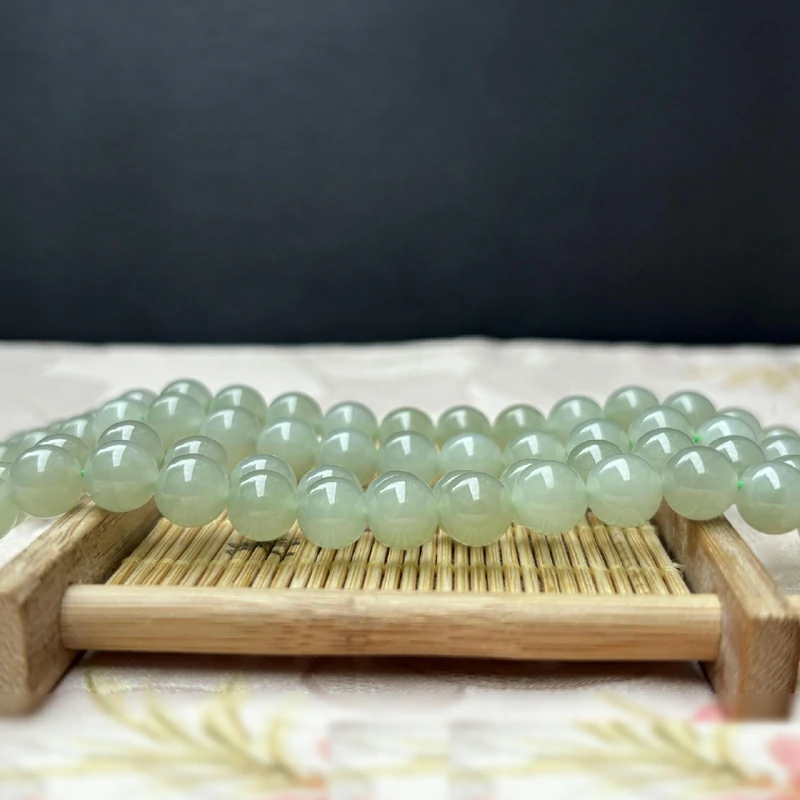
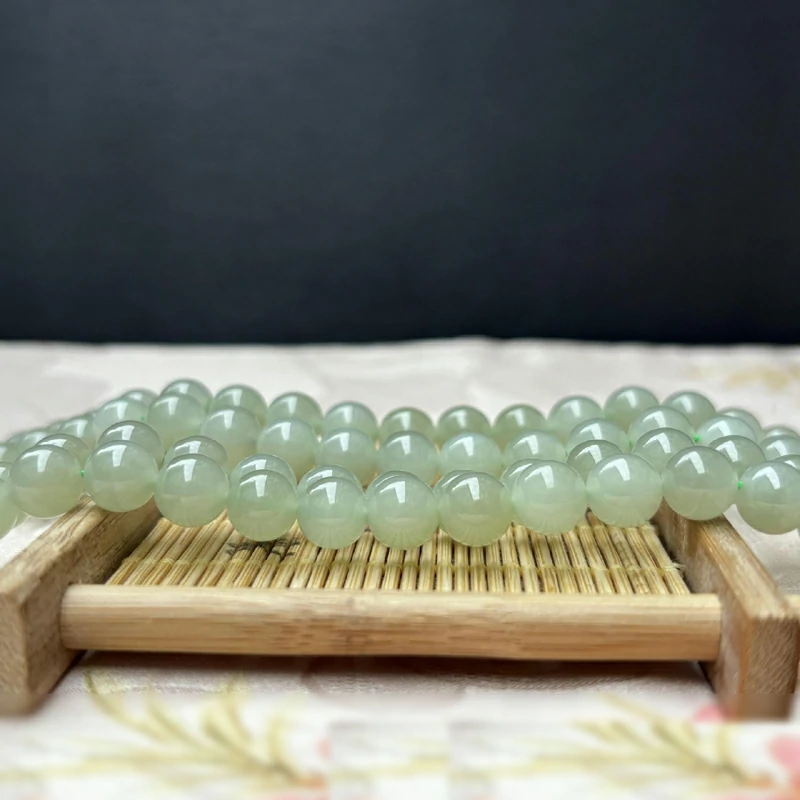
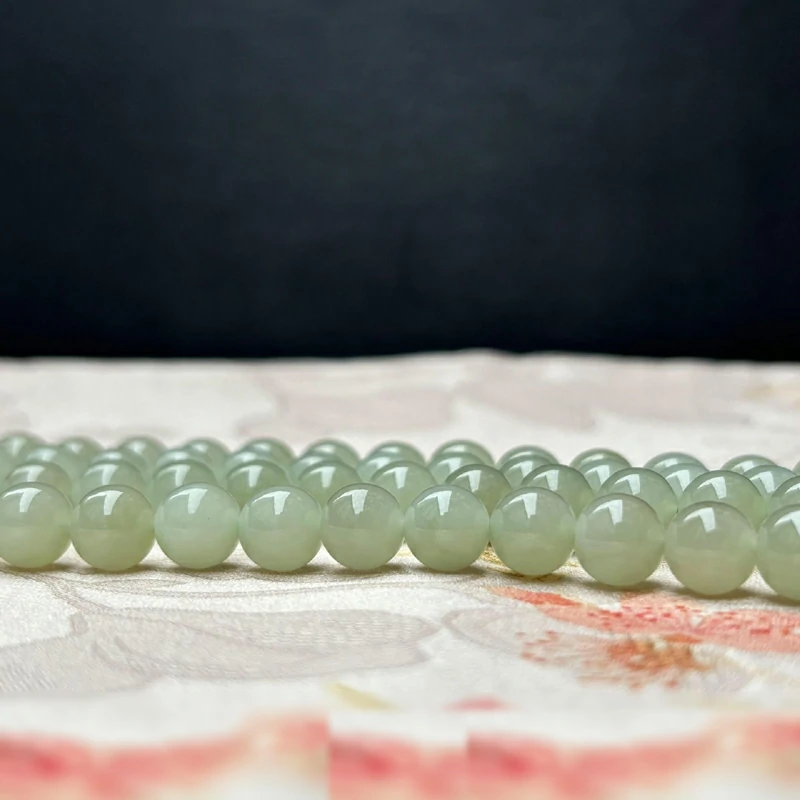
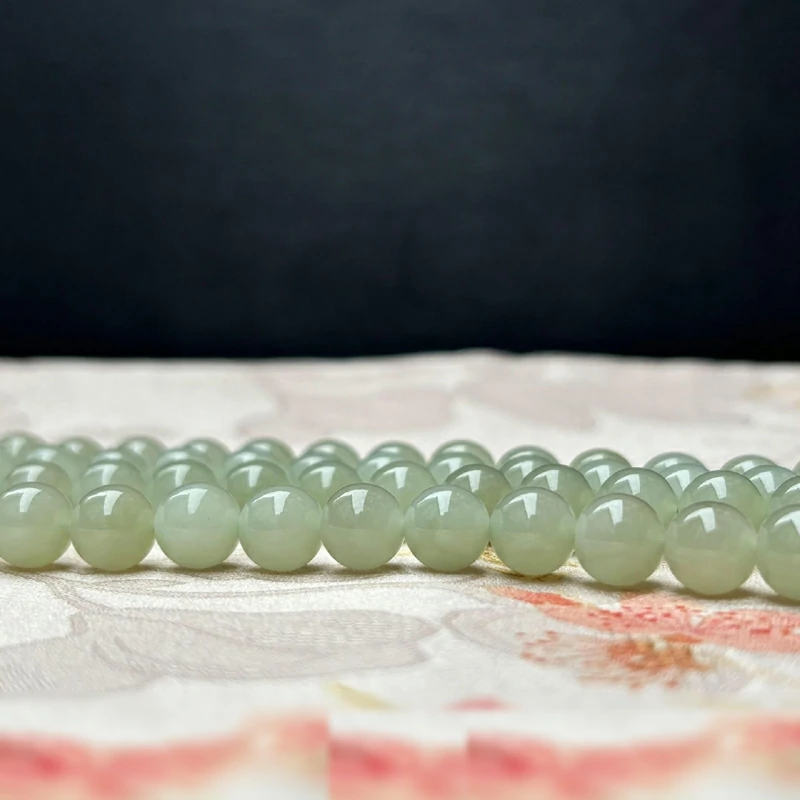
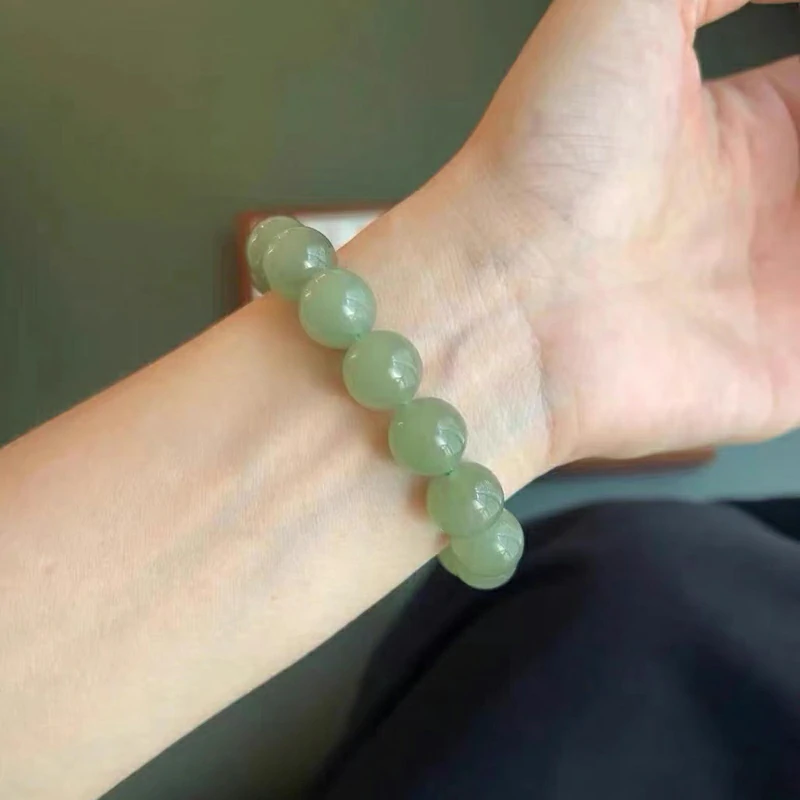
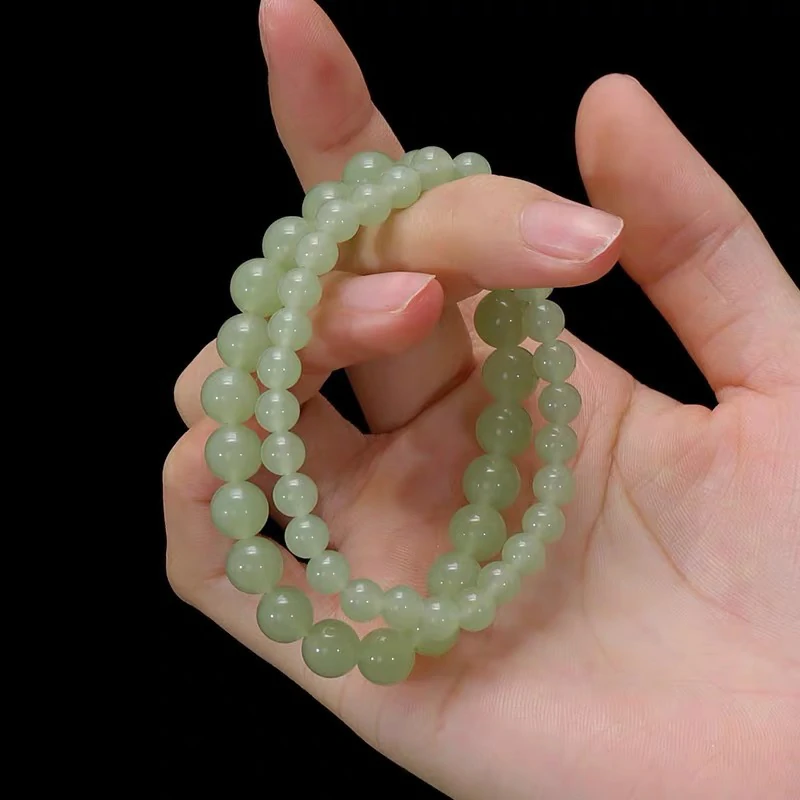
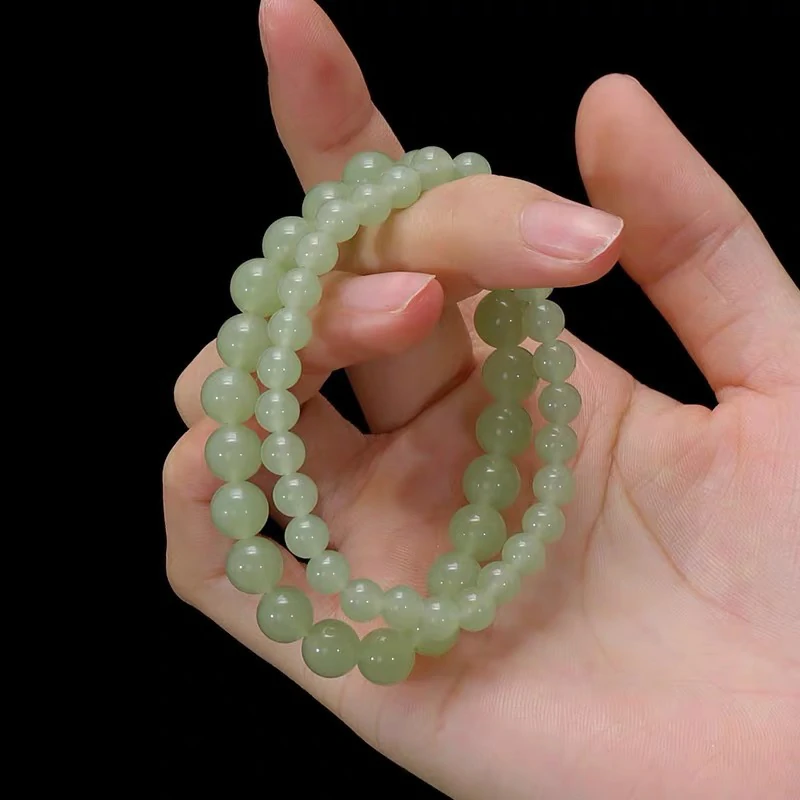
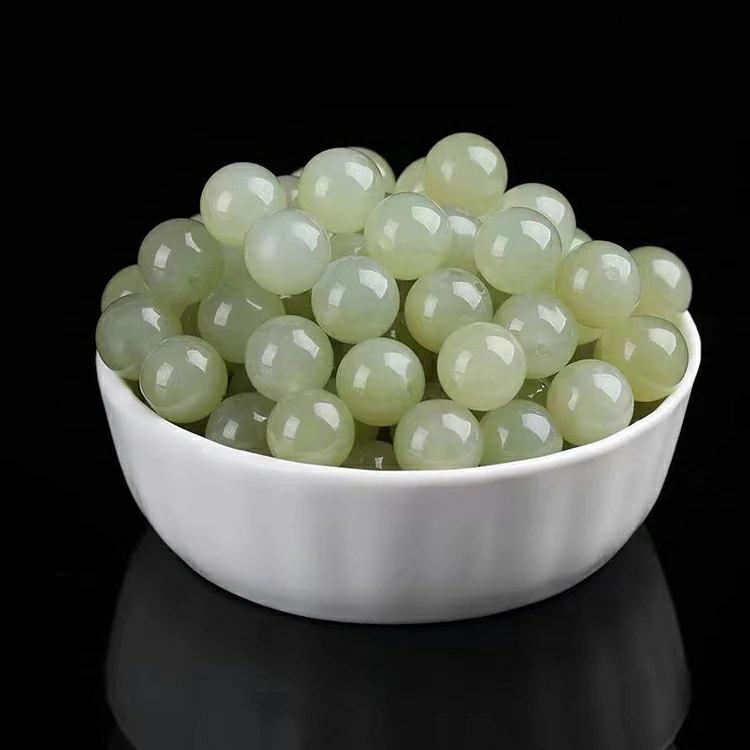
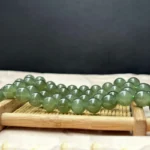
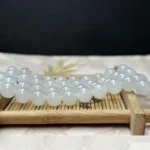

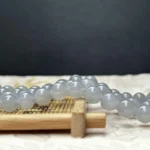
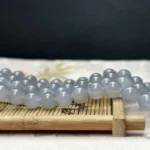
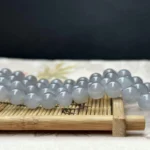
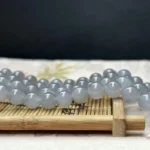
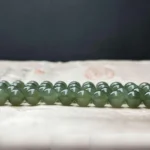
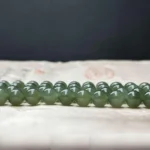
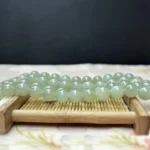
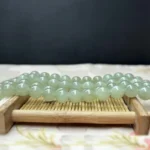
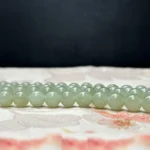
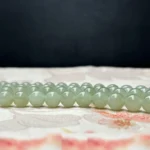
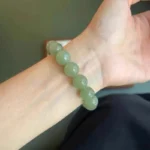
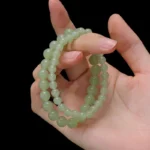
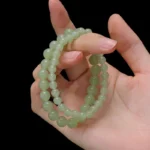
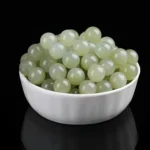
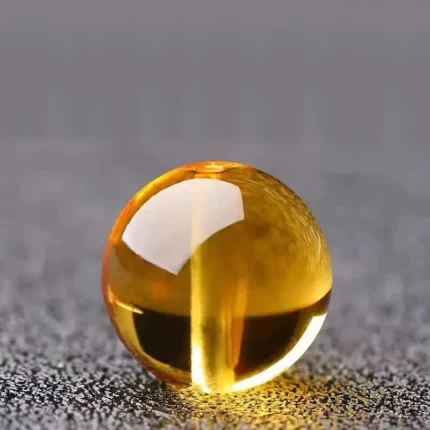




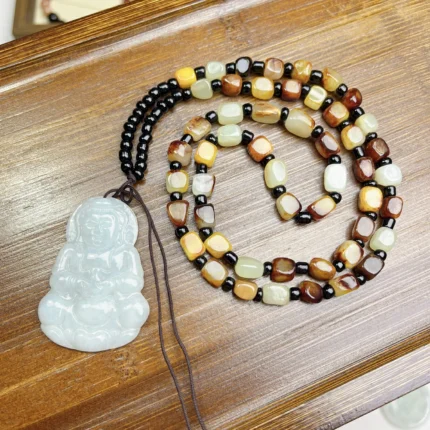
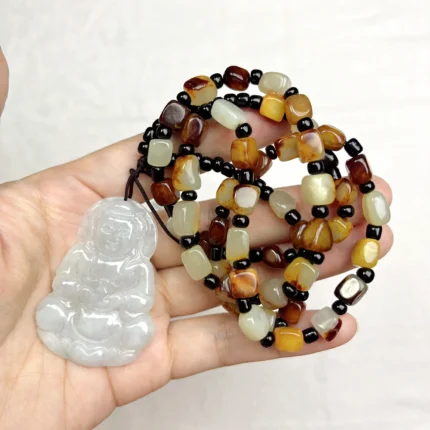
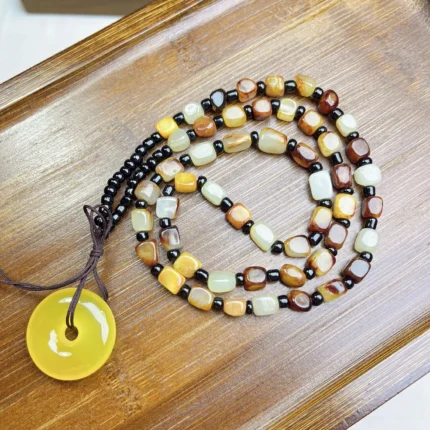
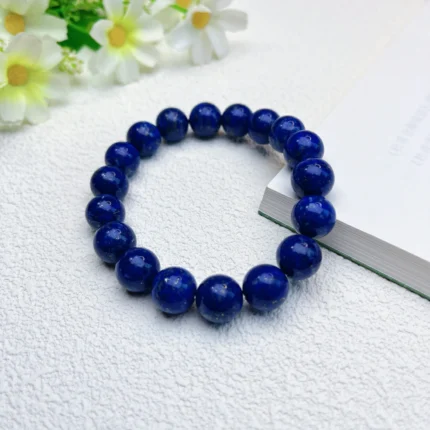

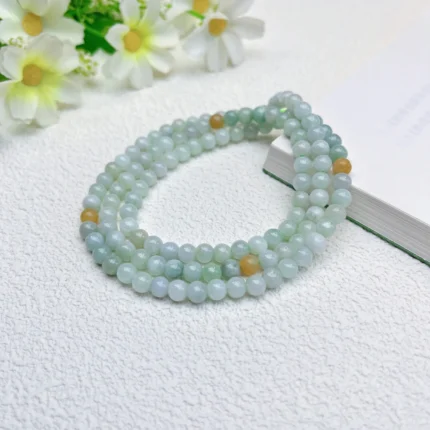
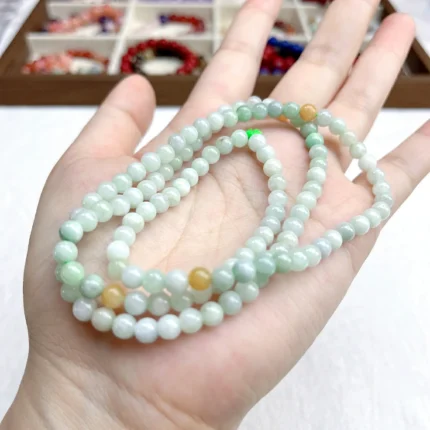
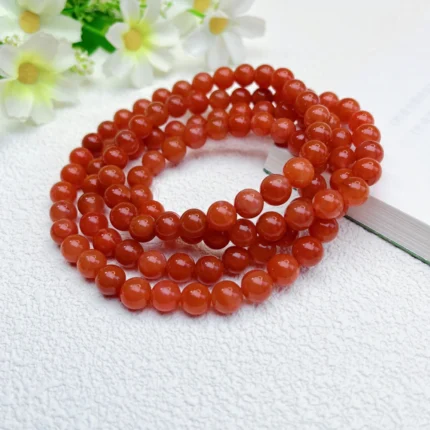
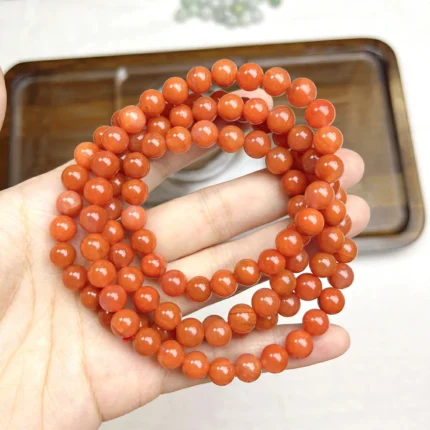
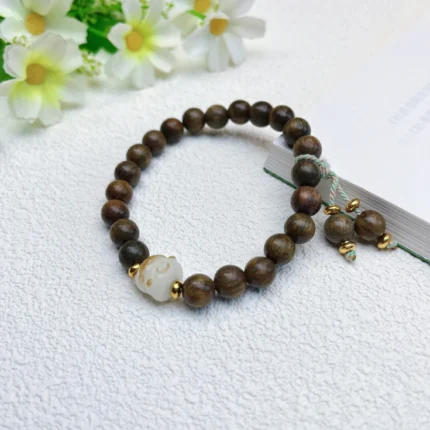
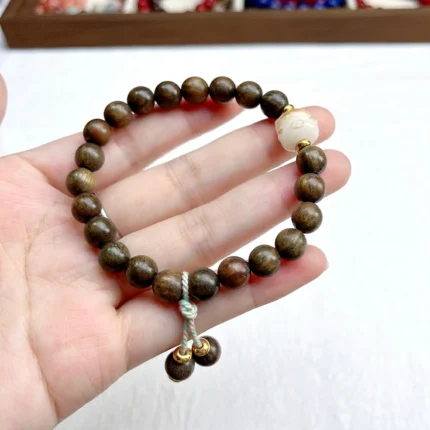

Reviews
There are no reviews yet.